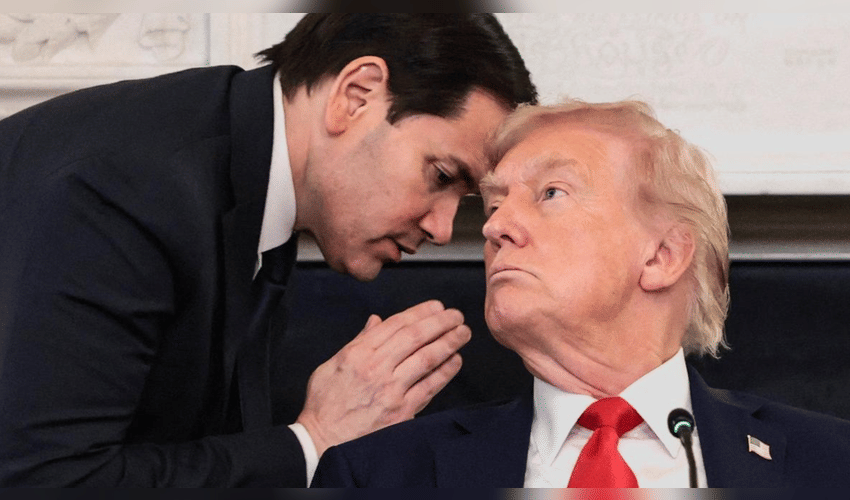World
U.S. Gaza Stabilization Force Proposal at UN Meets Pushback from Russia, China, and Arab States

The U.S. has recently put forward a proposal at the United Nations to establish an international stabilization force in Gaza aimed at securing the region and supporting post-conflict recovery efforts. However, this initiative is encountering significant opposition from powerful members of the UN Security Council, namely Russia and China, as well as from several Arab countries. These critics are voicing concerns primarily about the governance structure proposed, particularly the creation of a transitional “Board of Peace” that would temporarily administer Gaza, and the absence of a defined role for the Palestinian Authority in this process.
The U.S. plan, which aligns with former President Donald Trump’s 20-point peace plan and the “Declaration for Peace and Sustainable Prosperity” agreed upon by regional leaders, envisions the stabilization force working in coordination with Israel and Egypt. This force would oversee border security, disarm militant groups including Hamas, and assist in training a vetted Palestinian police force. The proposal aims to create conditions for the Israeli military to withdraw from Gaza as the stabilization force establishes control, with clear benchmarks tied to demilitarization and security.
Despite the U.S. maintaining language that commits to a future path toward Palestinian self-determination and statehood, the latest draft of the resolution cleans up some ambiguities but stops short of setting concrete timelines or absolutes for this outcome. Some Arab nations, including the United Arab Emirates, have expressed skepticism about the unclear framework for the stabilization force and have hesitated to commit troops without more clarity. Meanwhile, Russia and China have pushed for removing the “Board of Peace” from the resolution entirely, reflecting broad unease among Security Council veto powers regarding an international administration imposed on Gaza without strong safeguards for Palestinian governance.
Other sticking points in the negotiations include the timeline for the withdrawal of Israeli forces and the discharge of responsibilities to Palestinian authorities after reforms. These gaps highlight the complex political dynamics surrounding Gaza’s future stabilization and the broader Israeli-Palestinian conflict.
The U.S. could face three possible paths forward: accept substantial amendments to the draft, push for a Security Council vote requiring at least nine affirmative votes without a veto (uncertain given Russian and Chinese stances), or potentially form a coalition of willing countries outside the UN framework to carry out the stabilization mission.
The U.S. proposal aspires to stabilize Gaza through an international security force and transitional governance as part of a broader peace plan, it grapples with diplomatic hurdles from key Security Council players and regional actors wary of imposed solutions without Palestinian leadership involvement. This stalemate illustrates the ongoing challenges in forging consensus on Gaza’s future security and governance amid enduring geopolitical tensions and divergent visions for peace.



